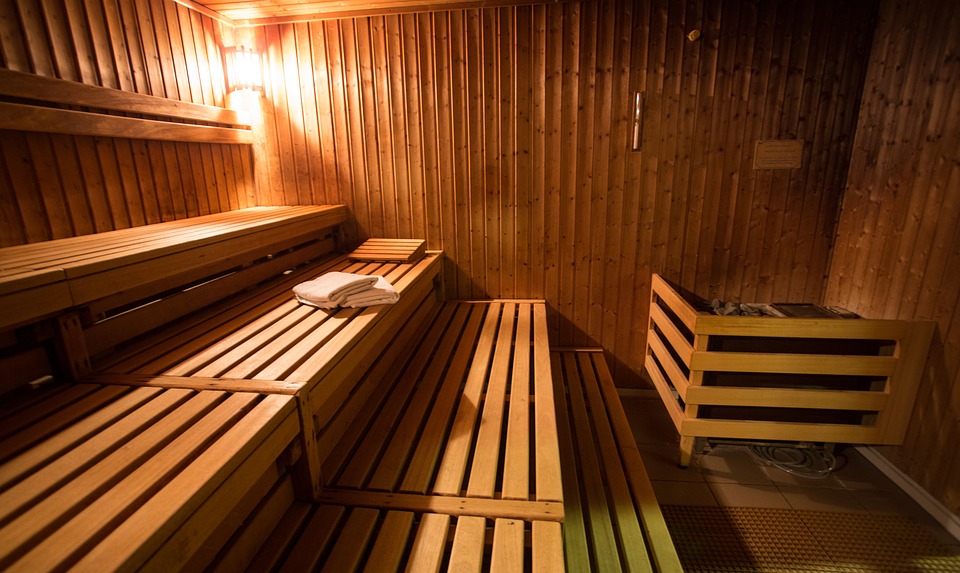Not sure which type of reliable combination sauna equipment is right for you? Have no fear, we’re here to help! When you first started browsing around for sauna parts and equipment, chances are you did not realize that saunas could be so complicated. Not only are tons of manufacturers, there are several different types of saunas to choose from.
The two most common types of sauna heat for in-home use are traditional and infrared. There is also the option to get a combination of the two, which is becoming the most popular choice by far. But before you decide, you need to establish whyyou want a sauna, how intend on using it, and the health benefits you’re hoping to experience.
What is a traditional sauna?
A traditional sauna uses dry heat and reaches temperatures as high as 200 degrees Fahrenheit. It requires power to run, and a good amount of power at that (you can expect to see a rise in electricity bills if you use your in-home sauna room frequently). It essentially uses a stove to heat the air. Since the air around you is so hot, your body will also increase in temperature, causing you to sweat profusely.
What is an infrared sauna?
According to Rimba Sweat infrared sauna Sydney, an infrared sauna, on the other hand, reaches a max of 150 degrees Fahrenheit. Just because it doesn’t get as hot as a traditional sauna, don’t expect to sweat less. Infrared saunas work in a different way by heating the body from the inside out, so you are actually likely to produce more sweat sitting in the infrared heat.
This type of sauna will have higher humidity, another reason for the likelihood of more sweat. Livestrong says that “infrared saunas use infrared heaters to emit a specific wavelength of infrared light. Your skin absorbs this wavelength, causing your body’s temperature to rise. This elicits the same effects as a traditional sauna with less overall heat needed.”
Which one is better, traditional or infrared?
There is no real answer to this question, it depends entirely on what you are hoping to gain from your sauna experience. If you don’t want such sweltering temperatures but still want all of the health benefits, infrared is a great choice. If you don’t mind that hot hot heat, traditional will do just fine. Some people love the extreme heat of a traditional sauna, so it is important to consider what you’re body can handle.
You also need to think about the health benefits you’re looking for. Traditional and infrared saunas have similar health benefits, but there are a few differences. Both offer deep relaxation and intense detoxifying abilities. The infrared sauna is better for alleviating sore muscles, while traditional saunas have better weight loss capabilities.
Another major consideration is cost. If you are installing a sauna at home, you probably have some idea of the costs involved. A traditional sauna is usually less costly to install, but the power it requires to run is more than that of an infrared sauna. Consider all of these things and weigh the pros and cons before making a decision.
If you want to learn more about our blog, please click here.









